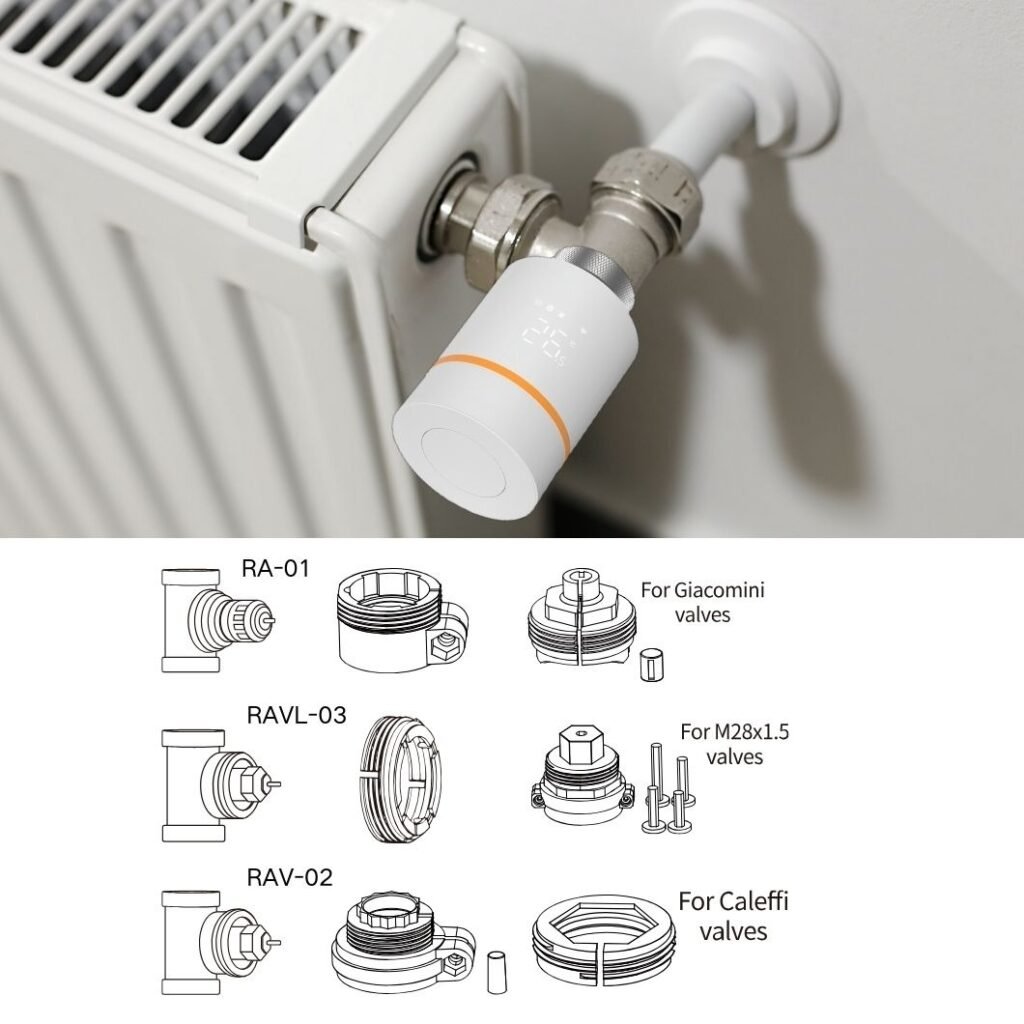Your steam radiator’s ice-cold, and you’re shivering in your own home—frustrating, right? If it’s not heating up, you could face skyrocketing energy bills or even costly repairs down the line. Don’t worry, though—this article’s got your back with simple fixes to get that heat flowing again and keep your space cozy all winter long.
If your steam radiator isn’t getting hot, it’s likely due to a faulty steam control valve, trapped air, or uneven pressure. Bleeding the radiator or replacing a stuck valve—like IVALVECRAFT’s brass thermostatic radiator valves—can solve it fast and restore steady warmth.
Curious about why this happens or how to fix it for good? Stick around—we’re diving deeper into the nitty-gritty so you can tackle this like a pro and keep your customers happy.

What does a steam control valve do?
A steam control valve is the unsung hero of your radiator system. It regulates how much steam flows into the radiator, controlling the heat output. If it’s working right, your room stays toasty without wasting energy. But if it’s jammed or broken, you’re left with a cold radiator—or one that’s blasting heat non-stop. At IVALVECRAFT, our brass thermostatic radiator valves are built tough to handle stable export pressure and keep the flow just right. Ever wondered how to turn on a Danfoss radiator or use its thermostat? It’s similar—those valves adjust steam too, but ours are designed for wholesalers and big projects. A good valve means no more guessing games with heat, just reliable warmth every time. Stick one in, and you’ll feel the difference fast.
How much does it cost to replace a steam radiator valve?
Replacing a steam radiator valve doesn’t have to break the bank, but costs can vary. For a basic valve, you’re looking at $20 to $50 for the part, plus labor—maybe $100 to $200 if you hire a pro. Want something high-quality like IVALVECRAFT’s pressure reducing valves or brass safety valves? You might pay a bit more upfront, say $50 to $100 per valve, but they last longer and save you headaches. DIY it, and you’ll just cover the valve cost—check Alibaba or trade shows for bulk deals. Compare that to a Danfoss radiator thermostat manual setup; theirs might cost similar, but our B2B focus means better wholesale rates for buyers in Russia, Poland, or the UK. Factor in steady performance, and it’s a no-brainer investment.
What are the two valves on a radiator for?
You’ve probably noticed two valves on your radiator and wondered what they’re up to. Simple: one’s the steam inlet valve (or control valve), and the other’s the air vent or bleed valve. The inlet valve—like our IVALVECRAFT thermostatic mixing valves—lets steam in and decides how hot things get. The air vent lets trapped air escape so steam can fill the radiator properly. If either’s off, your heat’s toast. Ever checked a Danfoss radiator thermostat how-to-use guide? Their symbols can be tricky, but the idea’s the same—control and balance. Our valves, built for sufficient flow rate, make it easy for purchasing officers or DIY chains in Germany or Romania to keep systems humming. Get both working, and your radiator’s back in business.
Wrapping it up
So, if your steam radiator’s not heating, it’s likely a valve issue, trapped air, or pressure trouble. A solid steam control valve keeps heat steady, replacement costs are manageable (especially with IVALVECRAFT’s wholesale options), and those two radiator valves? They’re your heat’s gatekeepers. From Russia to the UK, our high-quality brass valves and manifolds solve these headaches for big buyers and construction pros.
Choose IVALVECRAFT, choose reliable partner, enjoy the high quality and best service.


